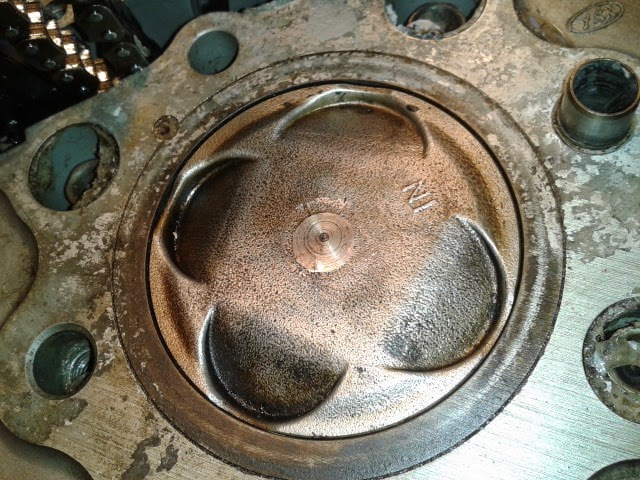Mudflap wrote: ↑08 Feb 2018, 23:21
I'm not sure what your sources are but they are wrong. A good mesh is something you do in an afternoon and I speak from experience.
Sure it does take a while to calibrate your models but once you have an instrumented single cylinder running it is quite straightforward.
Suggesting to use vertical valves for the sake of simplicity is really silly.
Also I don't really know of anyone using in house CFD in F1.
They might start using diesel pistons when they will be allowed to use diesel as fuel.
Wazari wrote: ↑
FW17 wrote:
Hi Wazari
Are there any methods of flame quenching away from piston crown and cylinder walls currently being used in F1
What are the likely ways of achieving this?
1. I think I would assume so.
2. Various methods.
CC design or lack of CC as we conventionally know it  , piston groves, diagonal piston ports, slots, etc.
, piston groves, diagonal piston ports, slots, etc.
Just mulling over this, that's all. I could be way off, sure good meshes can be done in a day, but have them be as accurate with complex shapes and that afternoon can turn into a few months.
And I'm not talking about the thermodynamics that's child's play. I'm talking about the fuel reaction chemistry side of it. You can't develop your process if you can't see how your process influences the reactions. The 50hp gain from Mercedes wasn't just some exotic fuel blend, but understanding and being able to take advantage of the way the fuel combusts.
If you can model how fuel combusts more accurately than the next guy, you can run it closer to the edge of detonation.




